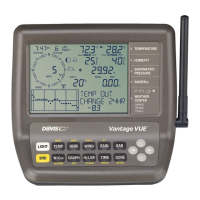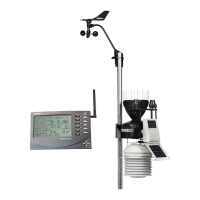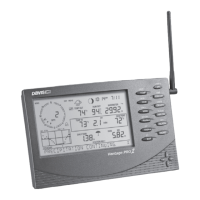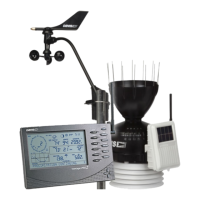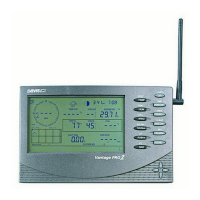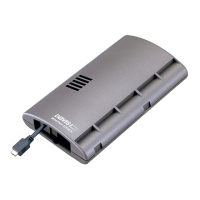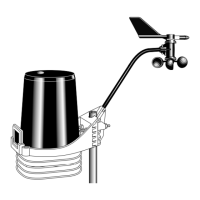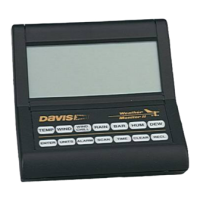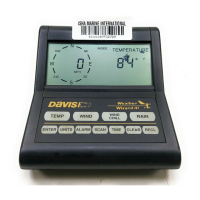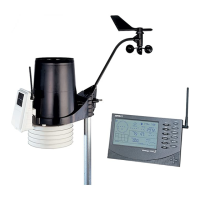22
Heat Index
The Heat Index uses the temperature and the relative humidity to
determine how hot the air actually “feels.” When humidity is low, the
apparent temperature will be lower than the air temperature, since
perspiration evaporates rapidly to cool the body. However, when
humidity is high (i.e., the air is saturated with water vapor) the apparent
temperature “feels” higher than the actual air temperature, because
perspiration evaporates more slowly.
Note: Heat Index is equal to the air temperature at or below 0° F (-18° C) air temperature.
THW (Temperature - Humidity - Wind)
The THW Index uses humidity and temperature to calculate an apparent
temperature like Heat Index, but includes the cooling and heating effects
of wind on our perception of temperature.
THSW (Temperature - Humidity - Solar - Wind)
The THSW Index uses humidity and temperature like for the Heat Index,
but also includes the heating effects of sunshine and the cooling effects of
wind (like wind chill) to calculate an apparent temperature of what it
“feels” like out in the sun. The THSW Index requires a solar radiation
sensor.
Humidity
Humidity itself simply refers to the amount of water vapor in the air.
However, the total amount of water vapor that the air can contain varies
with air temperature and pressure. Relative humidity takes into account
these factors and offers a humidity reading which reflects the amount of
water vapor in the air as a percentage of the amount the air is capable of
holding. Relative humidity, therefore, is not actually a measure of the
amount of water vapor in the air, but a ratio of the air’s water vapor
content to its capacity. When we use the term humidity in the manual and
on the screen, we mean relative humidity.
It is important to realize that relative humidity changes with temperature,
pressure, and water vapor content. A parcel of air with a capacity for 10 g
of water vapor which contains 4 g of water vapor, the relative humidity
would be 40%. Adding 2 g more water vapor (for a total of 6 g) would
change the humidity to 60%. If that same parcel of air is then warmed so
that it has a capacity for 20 g of water vapor, the relative humidity drops
to 30% even though water vapor content does not change.
Relative humidity is an important factor in determining the amount of
evaporation from plants and wet surfaces since warm air with low
humidity has a large capacity to absorb extra water vapor.
Dew-Point
Dew point is the temperature to which air must be cooled for saturation
(100% relative humidity) to occur, providing there is no change in water
vapor content. The dew point is an important measurement used to

